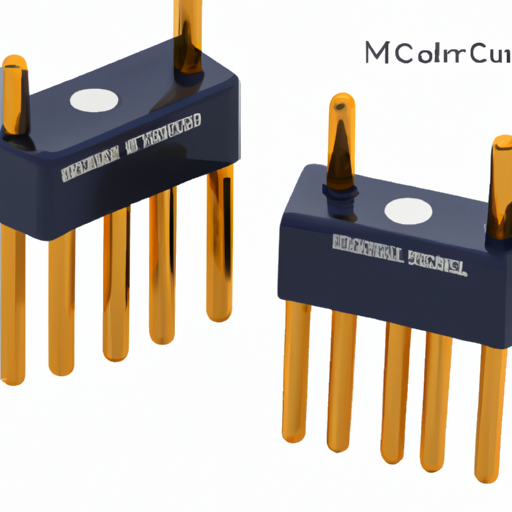Core Functional Technology of Fixed Inductors
1. Basic Principle: Fixed inductors operate on the principle of electromagnetic induction, where a changing current through a coil generates a magnetic field. This magnetic field stores energy, which can be released back into the circuit when needed. The inductance value, measured in henries (H), quantifies the inductor's ability to store energy.
| 2. Construction | Fixed inductors are typically composed of a coil of wire wound around a magnetic core. The core material significantly influences the inductor's performance characteristics, such as inductance, saturation current, and efficiency. Common core materials include: |
| 3. Types of Fixed Inductors | |
| 4. Key Parameters |
Application Development Cases
1. Power Supply Filtering: Fixed inductors are essential in power supply circuits for filtering noise and stabilizing voltage levels. For instance, in a buck converter, inductors store energy during the on-phase and release it during the off-phase, smoothing the output voltage and reducing ripple.
2. RF Applications: In RF circuits, fixed inductors are used in tuning circuits and oscillators. They help select specific frequencies and improve signal quality, making them crucial in applications like radio transmitters and receivers.
3. Energy Storage in DC-DC Converters: Inductors are vital in DC-DC converters, where they store energy during the on-phase and release it during the off-phase, enabling efficient voltage conversion. This is particularly important in battery-powered devices to maximize efficiency.
4. Motor Drives: In motor control applications, fixed inductors are used to filter and smooth the current supplied to the motor. This improves performance, reduces electromagnetic interference (EMI), and enhances the overall efficiency of the motor drive system.
5. Audio Equipment: Inductors are employed in audio crossover networks to separate different frequency ranges for speakers. This ensures that each driver receives the appropriate signal, enhancing sound quality and performance.
6. Telecommunications: Fixed inductors are utilized in various telecom applications, including signal conditioning and impedance matching. They help maintain signal integrity and quality, which is critical for high-speed data transmission.
Conclusion
Fixed inductors are integral components in a wide range of electronic applications, from power supplies to RF circuits. Understanding their core functional technologies and application cases enables engineers to design more efficient and effective electronic systems. For further exploration, industry journals, IEEE publications, and manufacturer white papers provide valuable insights and detailed case studies on fixed inductors and their applications.






